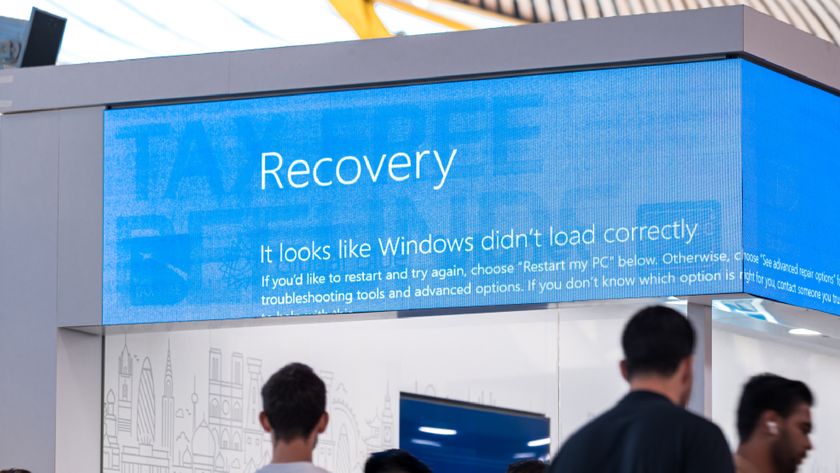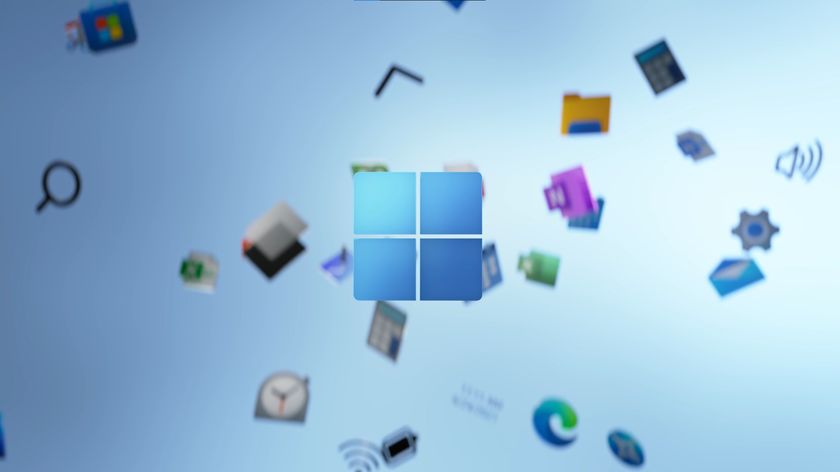Happy birthday, Windows 3.1
You were only really out for about a year but you're still 30 this year.

I've been told that something called Windows 3.1 not only once existed, but also that it turns 30 this year. Despite being relatively short lived, it turns out this updated version of Windows 3 made some big steps, though they've gone a little unrecognised, and were a bit before some of us were using PCs. So, Happy 30th birthday Windows 3.1, this is your life.
According to The Register, Windows 3.1 launched on April 6, 1992 as successor to Windows 3 and brought with it some pretty notable changes. It came on a good old (surprisingly stiff in their casings) floppy disks and is said to be the first version of Windows available on CD ROM.
Be careful of your drive space though because once installed it would use between 10 MB and 15 MB of storage. At the time, Windows was still running on MS-DOS but some of the advancements in Windows 3.1 had the 16-bit operating environment looking fairly fresh. Though probably not as fresh as these new UI animations for Windows 11.
Windows 3.1 brought in the TrueType font system. These are the ultra readable font styles developed by Apple and released for free in order to try to become the standard over Adobe's and others efforts. Microsoft put a lot of development into these readable fonts that still exist today, like Times New Roman and Arial.

Windows 11 review: what we think of the new OS
How to install Windows 11: safe and secure install
What you need to know before upgrading: things to note before downloading the latest OS
Windows 11 TPM requirements: Microsoft's strict security policy
Due to their design structure to maintain certain dimensions the fonts are versatile and can be scaled, rotated and even be bolded and italicised. They're especially designed to be readable at lower resolutions, and given the screens people were working on at the time this must have been huge for eye comfort.
Windows 3.1 also ushered in a new concept for Microsoft called The Registry. These are hidden settings in Windows that acts as a database for windows and compatible apps that's still in use today. Though it's certainly gotten much more complex than this first iteration.
Windows 3.0 was also fairly prone to crashes, in part thanks to hardware limits and the use of real mode which saw the start of the decline of its use. Real Mode points to actual locations in the computer's memory and often needed for DOS. Windows 3.1 giving it the boot and adding more RAM seemed to usher in a new way of looking at computing and the move away from MS-DOS.
The biggest gaming news, reviews and hardware deals
Keep up to date with the most important stories and the best deals, as picked by the PC Gamer team.
This all allowed for the use of 386 enhanced mode which upped the memory limit from 16MB to 256MB. It could even give some DOS menus the ability to be navigated with a Windows mouse. It was also probably the first time many people discovered the wonderful world of driver compatibility issues.
Alas, the world was not long for Windows 3.1. The next year Windows NT 3.1 would release, which looked fairly identical but was very different in the backend from Windows 3.1. Then we had Windows 95 and the rest, as they say, is history.
Happy 30th Windows 3.1. And thanks for all the fonts.

Hope’s been writing about games for about a decade, starting out way back when on the Australian Nintendo fan site Vooks.net. Since then, she’s talked far too much about games and tech for publications such as Techlife, Byteside, IGN, and GameSpot. Of course there’s also here at PC Gamer, where she gets to indulge her inner hardware nerd with news and reviews. You can usually find Hope fawning over some art, tech, or likely a wonderful combination of them both and where relevant she’ll share them with you here. When she’s not writing about the amazing creations of others, she’s working on what she hopes will one day be her own. You can find her fictional chill out ambient far future sci-fi radio show/album/listening experience podcast right here. No, she’s not kidding.

'When a widespread outage affects devices from starting properly, Microsoft can broadly deploy targeted remediation': MS introduces 'quick machine recovery' for Windows 11

Windows 11 now has a publicly available roadmap so you can get to see what forthcoming horrors or awesome features await you









